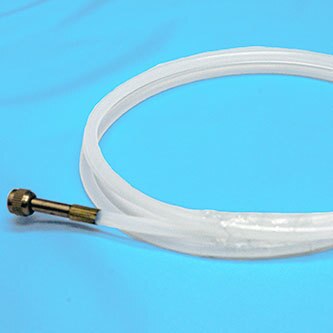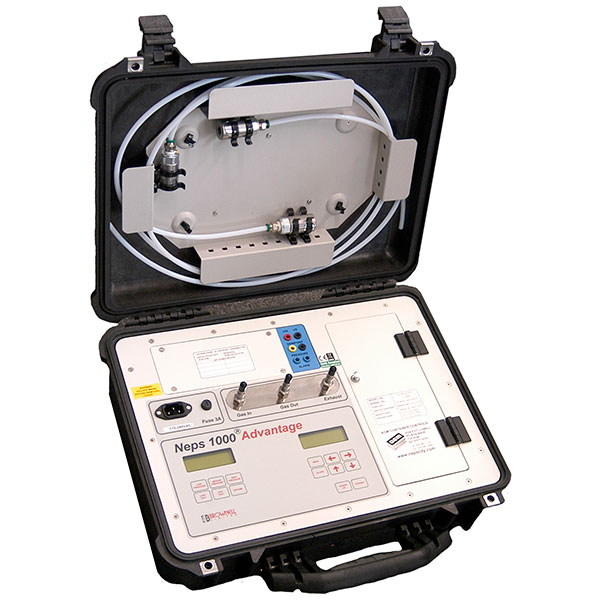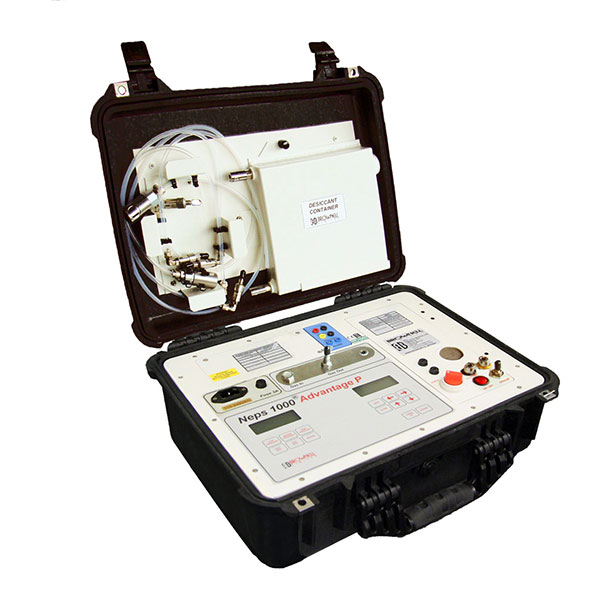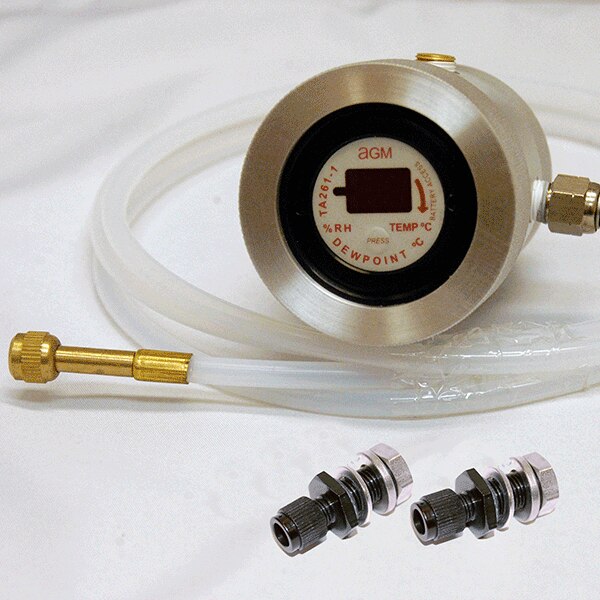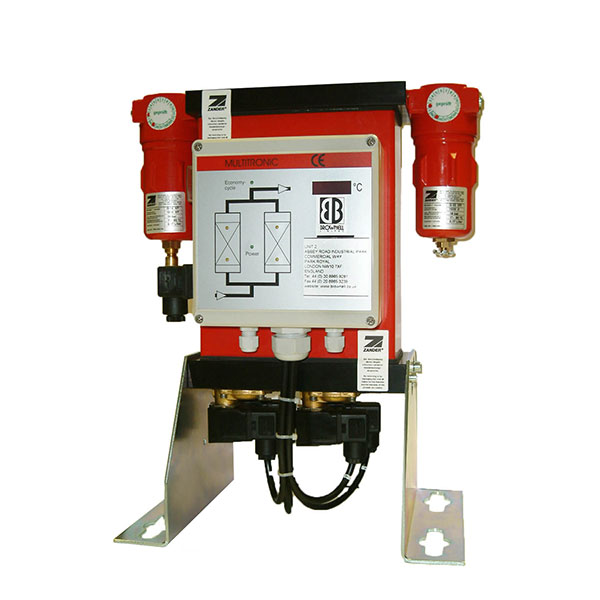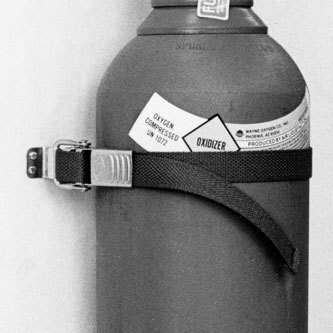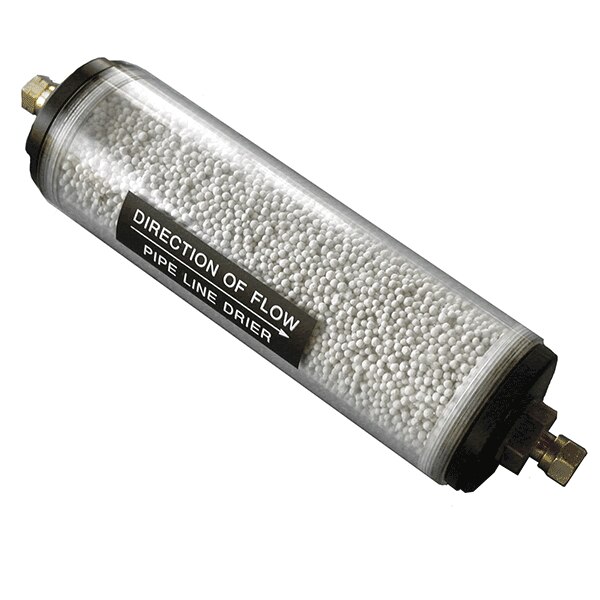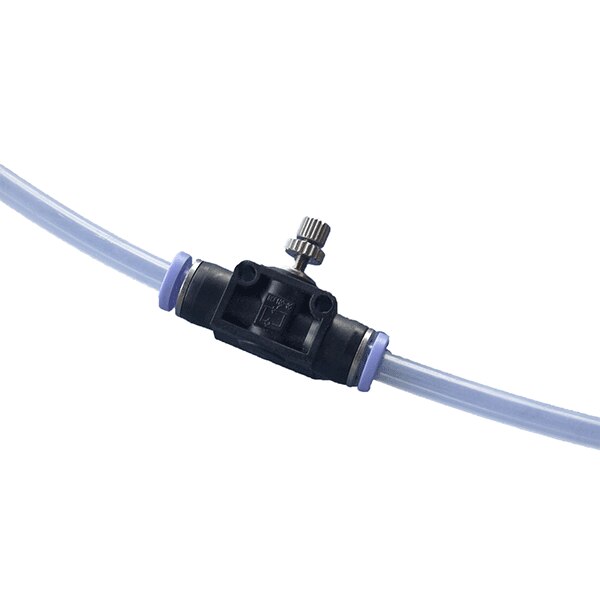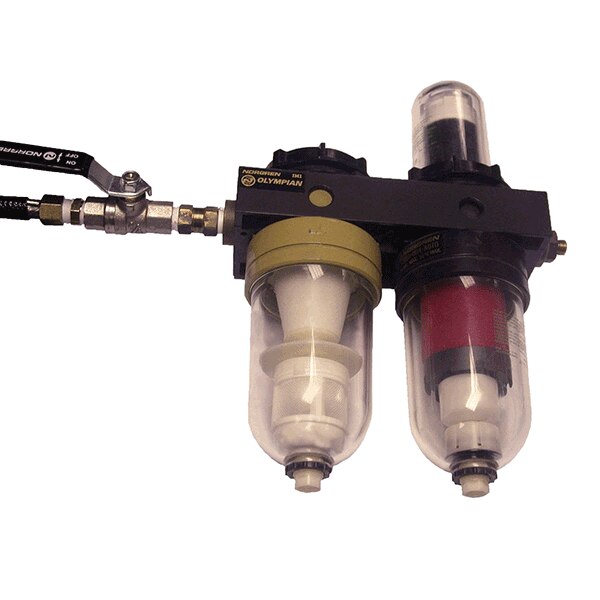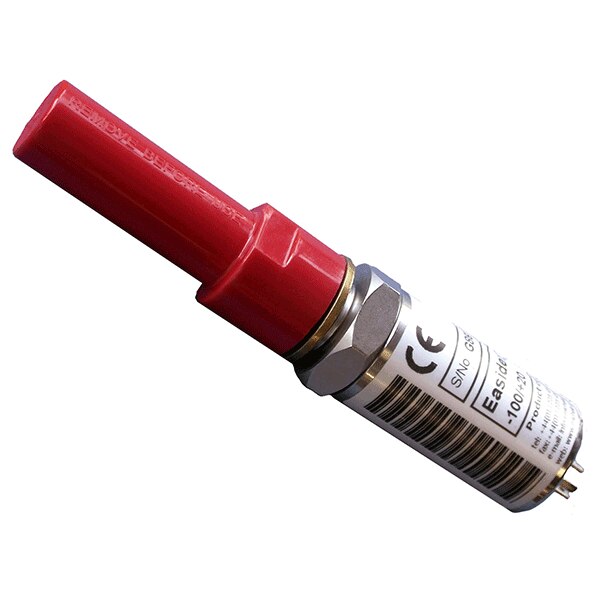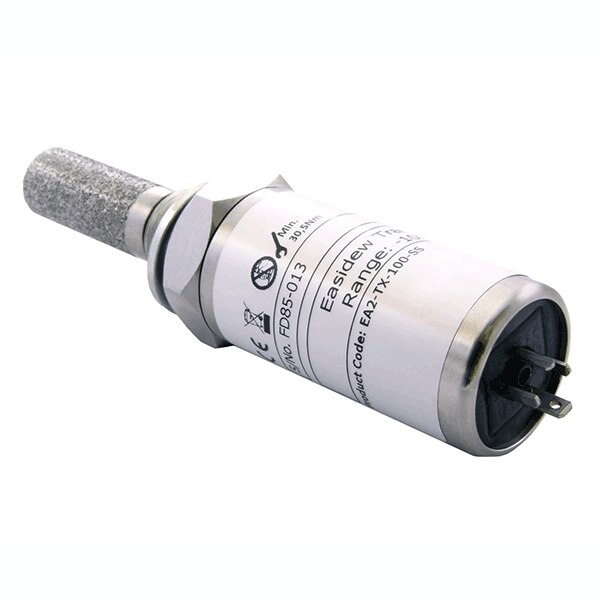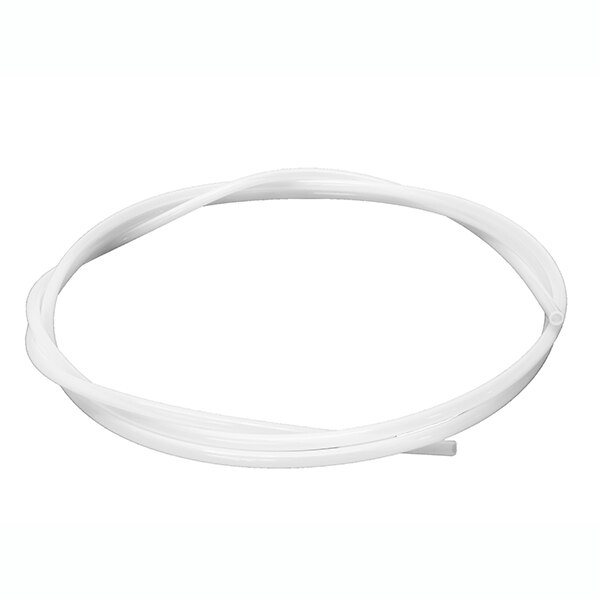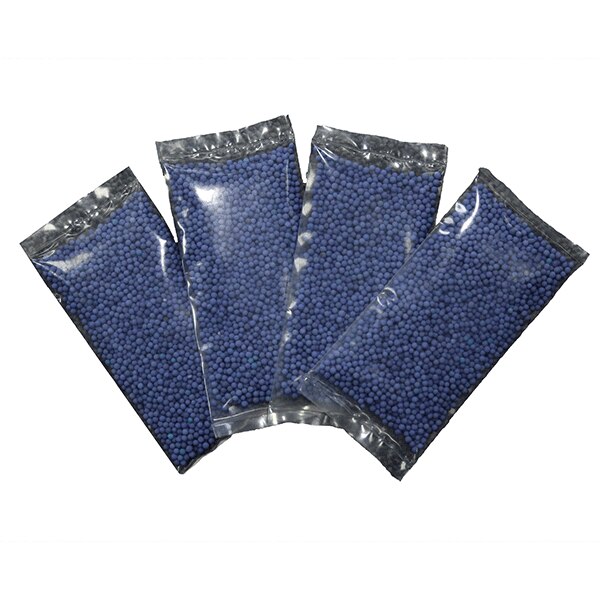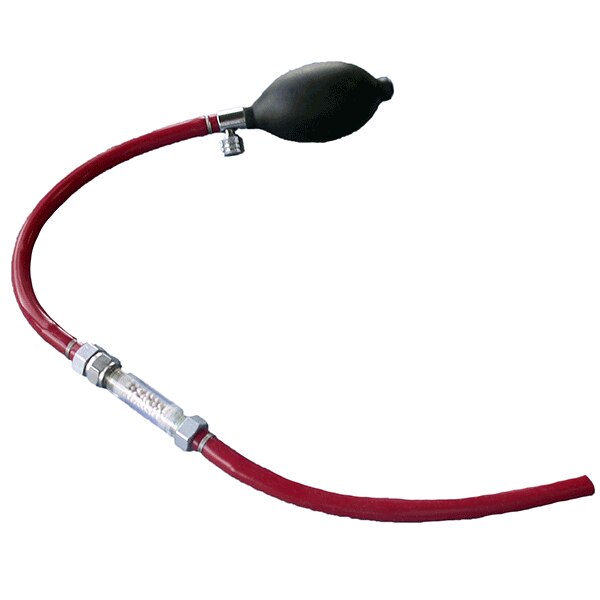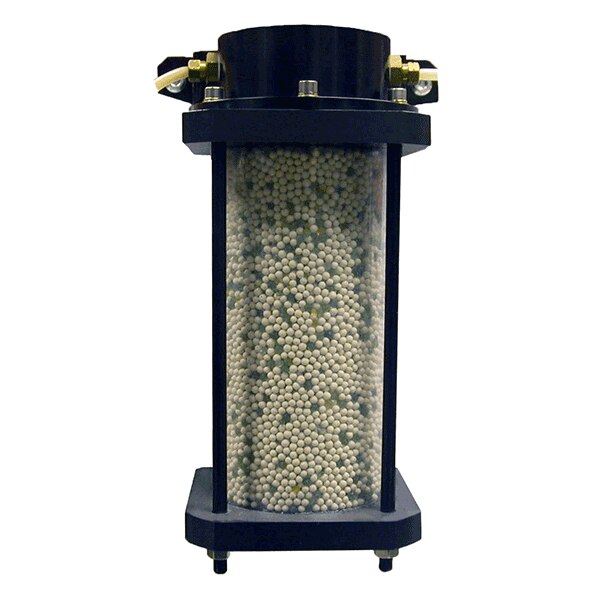Trouble finding a product?
Contact us.
NEPS Nitrogen and Dry Gas Purging Systems
Dry gas purging with Nitrogen Purging Systems removes moisture and creates low dew points within sensitive equipment.
- Container Access
- Corrosion Prevention
- Humidity Monitoring
- Moisture Control
- Moisture Purging
- Pressure Control
- Shelving & Straps
- Shock Monitoring
Find What You're Looking For
It’s a lot, we know. If you’re looking for something specific or aren’t sure what you need, try searching through all products or give us a shout and we’ll help!
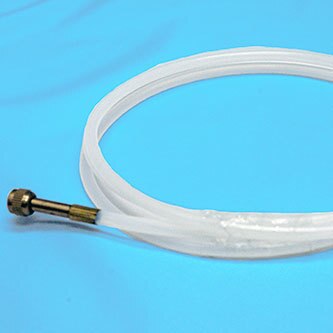
What is nitrogen purging?
Nitrogen purging refers to the process of flowing an inert, dry gas (nitrogen in this case) through an enclosure or system to remove oxygen and moisture. Nitrogen purging is a means of removing moisture, water vapor, and oxygen to create a dry environment within equipment or a system.
Purging and blanketing are probably the most popular uses of nitrogen gas. Tanks filled with hydrocarbon liquids have vapor space at the top of the tank, which collects hydrocarbon vapors. In atmospheric tanks, air can be drawn in when emptying the tank and it would be easy to ignite this by static electricity or friction. Purging the vapor space with nitrogen prevents this.
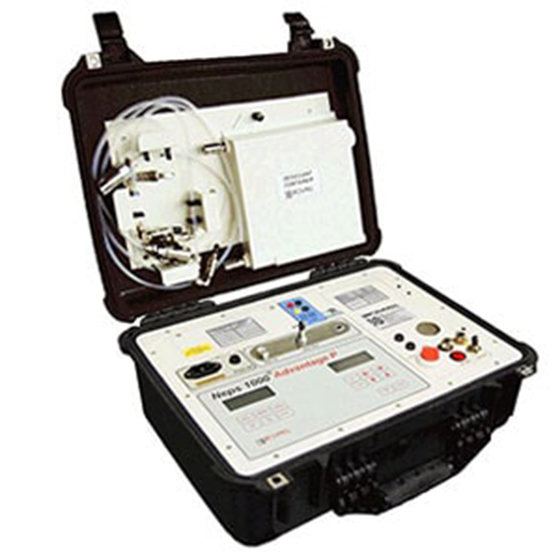
How does nitrogen purging remove moisture?
As a dry, inert gas, nitrogen displaces oxygen and the moisture it contains. Purging an enclosure with nitrogen essentially replaces the internal atmosphere with a dry atmosphere.
Dry nitrogen can be supplied to equipment through purging (venting of purge gas) or the more effective single-point pressure purging (NEPS). Nitrogen is generally a reliable dry gas, which is economic, safe (when handled properly) and chemically inert with most metals and materials. Dry nitrogen can also be supplied from bottles, cryogenic factories or nitrogen generators.
Benefits Of Enhanced Nitrogen Purging Systems
Our single-point nitrogen purge system is a superior machine for dry gas purging enclosures. In comparison to traditional dual-point purging systems, our single-point system provides a more efficient purge. The dry gas has a single flow path with fewer entry and exit points, ensuring a thorough purge rather than allowing gas to take a path of least resistance.
Industry Applications For Nitrogen
Today, nitrogen is used in a host of applications, including:
- Blanketing of tanks with flammable or toxic materials
- Blanketing of metal reduction processes
- Purging process equipment
- Medical applications
- Soil freezing prior to excavation
- Food freezing
- Finishing of rubber goods
- Cooling in helium or hydrogen plants
- Freeze grinding
- Fragmentation of scrap metal
- Electronics Industry
AGM offers custom engineering services so you can get exactly what you need.
FAQs
Nitrogen is generally a reliable dry gas, which is economic, safe (when handled properly) and chemically inert with most metals and materials.
Bottled nitrogen is often specified as dryer than 2 ppm (parts per million) equivalent to a dew point of -94°F (-70°C). The gas source for drying should always be validated before use. As a rule of thumb the gas must be at least 10°C lower than required purge dryness.
- Molecular Weight: 28.01
- Boiling Point: -319.9°F (-195.5°C ) at 14.7 psi (101.3 kPa)
- Specific Volume: 13.72 ft.3 lbs.-1 (0.855 m3 kg-1 at 68°F (20°C), 14.7 psi (101.3 kPa)
- Critical Temperature: -232.5°F (-146.95°C)
- Critical Pressure: 493 psi (3,400 kPa)
- Heat Capacity: 0.249 BTU lbs.-1 °F-1 (1,040 Jkg-1 K-1) at 77°F (25°C), 14.7 psi (101.3 kPa)
Leak testing can be carried out to ensure the suitability of the equipment for pressurized purging. The default pressure test setting is 2.5 psi.
Leak testing with the NEPS nitrogen purge system is a simple operation and has a sensitivity that is related to pressure degradation against time. The NEPS nitrogen purge system has a display resolution of 0.01 psi allowing users to achieve high sensitivities depending on the monitored time for the equipment under test to degrade from the initial test pressure.
The equipment volume must be considered when calculating the actual leak rate.
60 Minutes to degrade by 0.01 psi 1,000 cc volume = 1.9 x 10-4 cc/second 10,000 cc volume = 1.9 cc x 10-3 cc/second
CAUTION: Leak testing must be conducted with a stable/constant ambient/equipment temperature. A variation of 3.6°F (2°C) can cause up to a 0.1 psi change in pressure.
Yes. It is available in a 19″ rack-mounted version, NEPS 1900 Racked, for use in automated test situations.
The NEPS 1000 comes standard with male and female quick disconnect. The female will need to be adapted to your nitrogen line and has a 1/4″ NPT female thread to connect to.
The standard NEPS 1000 and NEPS 1900 rack-mount models require nitrogen or other dry air sources. The NEPS 1000 pumped has a bed of molecular sieve desiccant that dries the incoming air prior to sending it into your enclosure and does not require a dry air source. This is particularly useful in field use where it might be cumbersome to have a bottle of high-pressure nitrogen on hand. However, periodically, the molecular sieve desiccant will need to be replaced. We carry a full line of desiccant products and can supply replacement desiccants for NEPS units.
No. The NEPS 1000 can be used with nitrogen, dry air, argon, and sf6 gasses. It should be noted that dry gasses are available in varying qualities and levels of dryness. (no flammable gasses should be used)
The NEPS will display a dew point range of +20°C (+68°F) to -80°C (-112°F).
No. After initial setup, the NEPS 1000 will automatically stop the dry gas cycling when the air stream leaving the equipment reaches a preset dew point temperature. With the addition of a remote sensor, the dew point stat feature of the NEPS 1000 will then resume dry gas cycling after the dew point temperature has degraded to a predetermined amount.
Yes. After repeated cycles, it will become apparent when the moisture has been removed from the hygroscopic materials in the equipment. It is a common misconception that the majority of the moisture in sealed equipment is contained in the empty volume of air. In fact, the majority of the moisture is contained in hygroscopic materials, such as electrical boards and plastic components.
Yes. You can lease a NEPS unit so you can test it for your specific applications, contact us for more information.
Find What You're Looking For
It’s a lot, we know. If you’re looking for something specific or aren’t sure what you need, try searching through all products or give us a shout and we’ll help!
